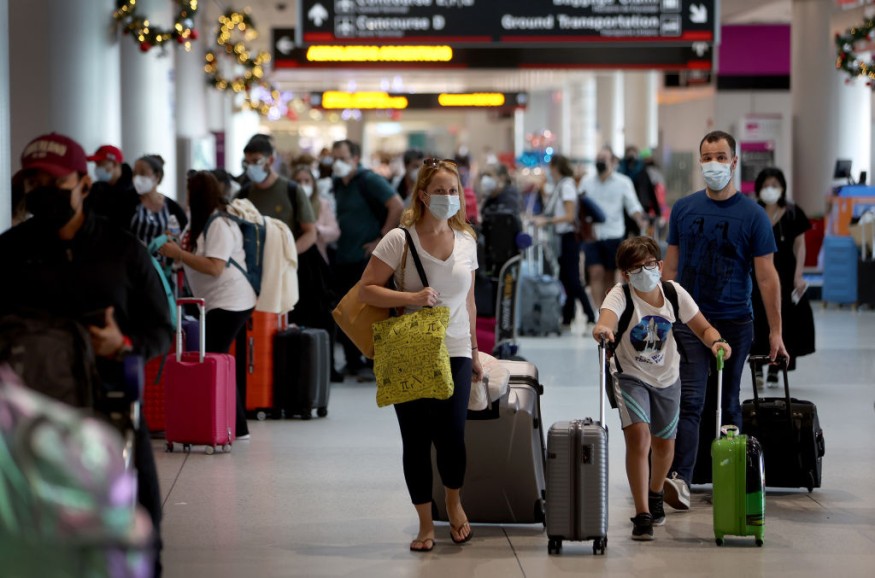The Centers for Disease Control and Prevention (CDC) recently announced an update about the COVID-19 cases in the United States.
A CBS News report (via MSN News) said that last week, the CDC came out with updated data indicating that the new Omicron variant made up approximately 95.4 percent of new coronavirus cases.
Only two regions of the country, New England and part of the Midwest, have yet to reach around 90 percent locally. Essentially, the COVID-19 Delta strain, which was dominant until a couple of weeks ago, makes up almost all the other cases.
Previous federal approximations showed Omicron spreading rapidly while the laboratories in many states still work on sequencing the initial outbreaks of the strain. The exact figures were difficult to pin down.
ALSO READ : 'Worrying' Mutation Detected in the UK

CDC Working to Refine Its Forecasts of the Growth of Omicron
However, in the weeks since, CDC officials have said the agency has worked to refine its projections of the variant's growth as more labs have sequenced cases of this new strain.
CDC gathers data from both commercial and public health labs and from its own contractors to trace variants in the US and generate its "Nowcast" approximations, CBS News reported.
For consumers, standard COVID-19 test results are not distinguished between Delta, Omicron, or other strains. However, labs can sequence the genome to determine the strain resulting from a positive result.
The new approximations transpire as growing data on the spread of Omicron in the country and overseas has allowed scientists to forecast the period of the present wave fueled by the new COVID-19 variant.
Sharp and Rapid" Rise in Cases
In a new series of predictions that came out this week from the COVID-19 Scenario Modeling Hub, compiling data from over a dozen leading research groups, most models charting a "sharp and rapid" rise in cases expected to peak before the end of this month in each state.
The stride of new cases, hospital admissions, and deaths are expected to start slowing down until March. However, they are forecasted to stay elevated compared to the low levels in June 2021.
Despite growing evidence of lower individual risk of the severe illness caused by the Omicron strain, the models propose the strain stays hazardous enough that the present wave will result in hospital admission rates topping the worst days of the Delta variant.
A Less Severe Yet More Communicable Variant
According to Shaun Truelove of Johns Hopkins University, there has been "so much to talk of" simply saying, Omicron is just so much less severe. He added that it is cold-like and probably akin to some things when it comes to severity.
However, the virus is so much more contagious, added Truelove, who has helped lead the consortium's work to synchronize modeling work throughout several teams in predicting future waves of COVID-19. Truelove cautioned that there would be lots of hospitalizations simply by sheer numbers.
Furthermore, the shortage of COVID-19 drugs effective in combatting the highly-mutated strain only makes it more challenging to fight the Omicron variant.
The CDC's update on the Omicron variant is shown on CNBC Television's YouTube video below:
Check out more news and information on COVID-19 in Science Times.











